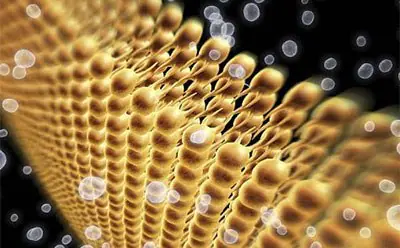- Have any questions?
- +91 9951606000
- sales@sriagasthyalifesciences.com
- Home
- About Us
- Products
- Merck
- Sigma-Aldrich
- Analytical Chemistry
- Chemistry & Biochemicals
- Food & Beverage Testing & Manufacturing
- Thermofisher
- Molychem
- SDFCL Sd Fine Chem Limited
- Borosil
Menu Close- Merck
- Sigma-Aldrich
- Analytical Chemistry
- Chemistry & Biochemicals
- Biochemicals
- Building Blocks
- Catalysts
- Chemical Biology
- Chemical Synthesis
- Boronic Acids & Derivatives
- C-C Bond Forming Reagents
- Chiral Auxiliaries
- Coupling Reagents & Nucleosides
- Grignard Reagents
- Halogenation Reagents
- Organoaluminum Reagents
- Organolithium Reagents
- Organosilicon Reagents
- Organotin Reagents
- Organozinc Reagents
- Oxidation Reagents
- Protection/Deprotection Reagents
- Reducing Agents
- Flavors & Fragrances
- Formulation
- Greener Alternative Products
- Lab Chemicals
- Lab Safety
- Portfolio APIs
- Stable Isotopes
- Food & Beverage Testing & Manufacturing
- Thermofisher
- Molychem
- SDFCL Sd Fine Chem Limited
- Borosil
- Merck
- Sigma-Aldrich
- Analytical Chemistry
- Chemistry & Biochemicals
- Biochemicals
- Building Blocks
- Catalysts
- Chemical Biology
- Chemical Synthesis
- Boronic Acids & Derivatives
- C-C Bond Forming Reagents
- Chiral Auxiliaries
- Coupling Reagents & Nucleosides
- Grignard Reagents
- Halogenation Reagents
- Organoaluminum Reagents
- Organolithium Reagents
- Organosilicon Reagents
- Organotin Reagents
- Organozinc Reagents
- Oxidation Reagents
- Protection/Deprotection Reagents
- Reducing Agents
- Flavors & Fragrances
- Formulation
- Greener Alternative Products
- Lab Chemicals
- Lab Safety
- Portfolio APIs
- Stable Isotopes
- Food & Beverage Testing & Manufacturing
- Thermofisher
- Molychem
- SDFCL Sd Fine Chem Limited
- Borosil
- Services
- Downloads
- Clients
- Contact Us


